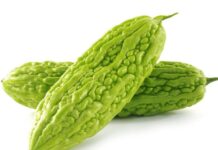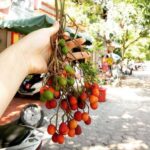
The Power of Dandelion: Nature’s Detox King
In traditional Eastern medicine, dandelion is known for its sweet yet bitter taste and cooling properties. It boasts a range of health benefits, including cooling and detoxifying the body, reducing inflammation, improving digestion, and promoting eye health. Modern science has also recognized the nutritional value of this humble plant, which is packed with vitamins A, C, E, K, and B-complex, as well as essential minerals such as calcium, iron, potassium, and magnesium. All parts of the plant, from its leaves to its roots, offer medicinal properties.
Dandelion root, in particular, stands out as a natural antibiotic. It aids in the treatment of various conditions, including hepatitis, stomach inflammation, conjunctivitis, respiratory infections, mastitis, dysentery, and other inflammatory ailments. Additionally, this versatile plant helps regulate blood sugar levels, promotes the growth of beneficial gut bacteria, and exhibits anticancer properties.
However, dandelion is most renowned for its detoxifying abilities and support for liver function, earning it the title of “Nature’s Detox King.”

Beyond its medicinal uses, dandelion is a culinary delight. It can be transformed into delicious dishes such as porridge, salads, soups, or even dumpling fillings. Dried dandelion leaves are also popular for brewing a nutritious daily tea.
Once a common weed found in fields and mountains, dandelion has now become a sought-after delicacy, commanding prices as high as VND 130,000-160,000 per kilogram. The dried leaves fetch an even higher price.
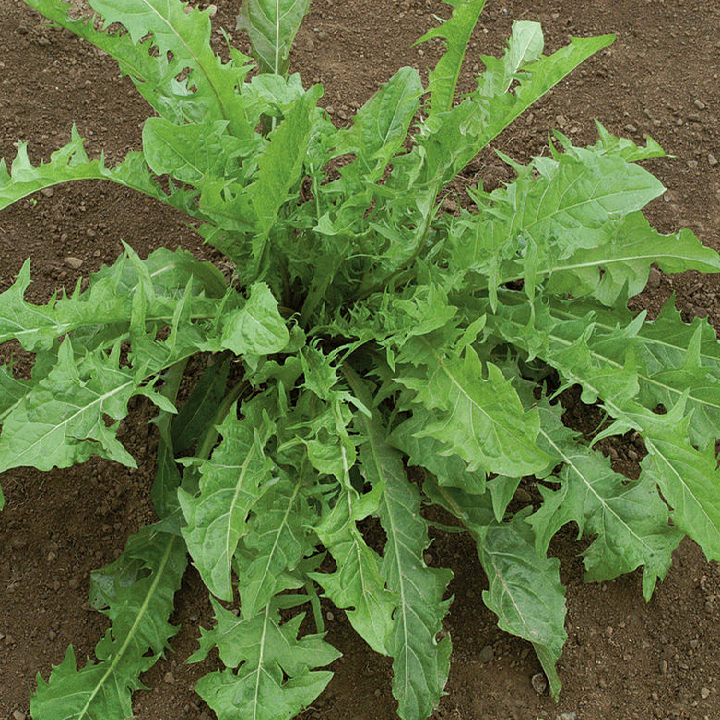
Growing and Caring for Dandelion at Home
Cultivating dandelion at home is relatively easy. This plant thrives in cool climates and can tolerate cold temperatures, making it ideal for balconies or terraces with gentle sunlight. With proper care, you can harvest fresh leaves year-round, ensuring a constant supply of healthy greens for your family.
You can choose to start from seeds or opt for young plants. If you decide to grow from seeds, select larger, darker, and firmer seeds to increase the germination rate.
Sow the seeds directly onto the soil surface and cover them with a thin layer of soil. Keep the soil moist by spraying a fine mist. After 3-4 weeks, when the seedlings are large enough, transplant them into separate pots, spacing each plant 20-25cm apart.
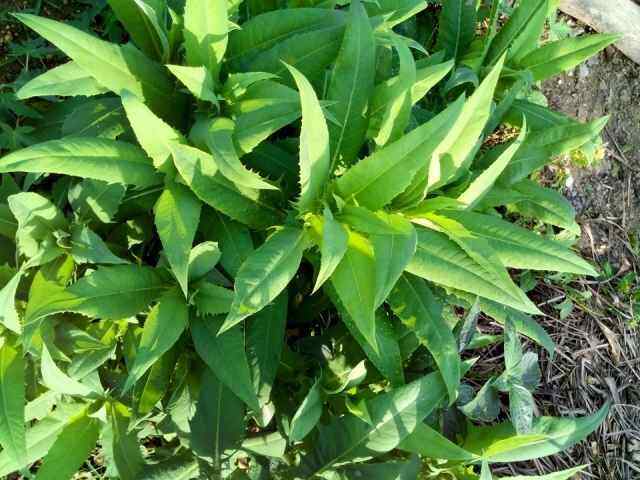
If you choose to plant young seedlings, select healthy, pest-free plants. Gently remove the seedling from its pot and plant it directly into a larger container. Avoid watering the plant before transplanting to keep the root ball dry and intact, reducing the risk of root damage.
Caring for dandelion is straightforward, but to ensure lush growth and year-round harvests, consider the following factors:
– Soil: Dandelion thrives in well-drained, nutrient-rich, and airy soil. A mixture of compost or loam soil with coconut fiber, worm castings, or well-rotted manure will provide the necessary nutrients. Aim for a soil depth of 15-25cm in the pot for optimal root development.
– Watering: While dandelion prefers moist soil, it cannot tolerate waterlogging. Water moderately, and during the summer, water once a day, either early in the morning or in the evening. In the rainy season, check the pot’s drainage holes to prevent root rot, and reduce watering to 2-3 times a week.
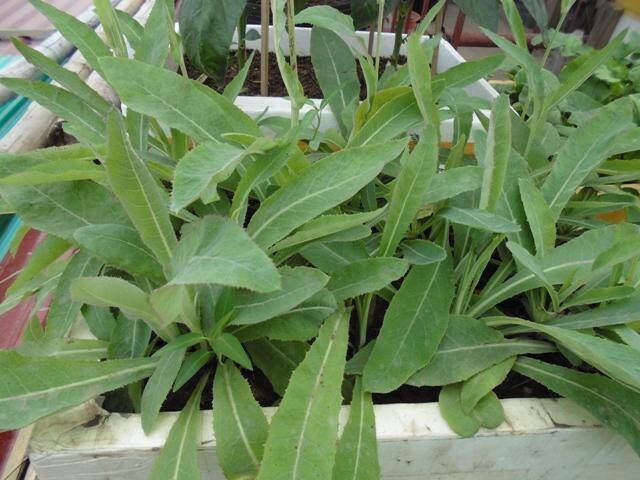
– Fertilizer: If you’re using organic-rich soil, additional fertilizer may not be necessary. For regular soil, apply a diluted NPK solution every 15-20 days or supplement with organic fertilizers like goat or cow manure once a month in small quantities. During the growth period, remember to prune old, diseased, or overgrown leaves and branches to promote airflow and healthy growth.
– Pest Control: Dandelion is generally resistant to pests, but it may attract ants, aphids, or snails. To deter these pests, crush eggshells and sprinkle them around the base of the plant, or spray a diluted solution of garlic and ginger. Avoid using chemical pesticides to ensure the plant remains safe for consumption.
Your dandelion plants will be ready for harvest after 6-8 weeks. You can pluck the young leaves for cooking or dry them for tea. When harvesting, leave about 5-7cm of the leaf stem to encourage new growth and branching. If you allow the plant to flower, you can collect the seeds for future plantings, eliminating the need to purchase new seeds.
Does Matcha Make You More Alert Than Green Tea? The Answer May Surprise You
Matcha is the latest beverage trend taking the world by storm, but does it live up to the hype? With a plethora of purported health benefits and a promise of enhanced focus and alertness, it’s time to delve into the world of matcha and uncover the truth. Uncover the secrets of this ancient beverage and discover why it might just be your new go-to drink.













